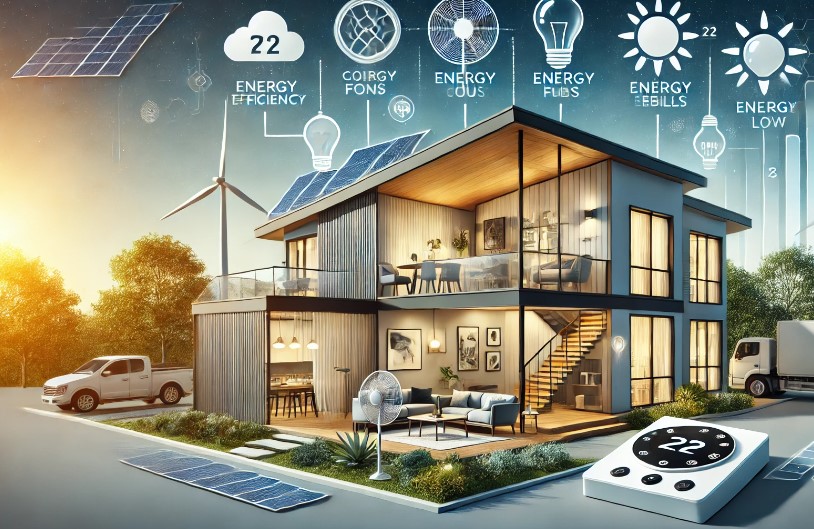
Many tourists visit Australia because they are attracted by its bright sunshine and hot weather. While this is appealing to those staying for a short time, it can be less so when you have to live in it. At certain times of the year, it gets so hot that keeping your home cool can be a real challenge.
This challenge is made more difficult when you don’t want to run up massive utility bills. There seems to be an infinite number of companies offering solutions to this problem in the form of air conditioners, windows, roofs, and more. However, there still seems to be lots of people suffering from it.
So how is one to know what works and what doesn’t? That is what this quick guide will explain. Here’s how you can keep your house cool in the heat without having to pay an enormous bill.
1. Air conditioning:
This will surely keep your rooms cool, but whether it runs up a big electricity bill depends on the type of conditioner you use as well as when and how you use it. For example, opting for a split system air conditioning unit means that you can cool specific rooms while you are using them instead of the whole house. This is more energy efficient than the latter.
Then there is the question of whether you should leave it running for long periods. The logic here is that if it’s on all the time, it’s not working so hard to bring the temperature back down to your preference.
There is something to this, but leaving your air con running for ages at temperatures much lower than the surroundings will quickly burn it out. A better strategy is to cool rooms just a little before you need to use them, then adjust the temperature down further when you are using them.
But remember that while using air conditioning this way can keep your bills down, any air con system adds to the list of essential services that homeowners need.
2. Thermal curtains:
Any sort of covering that blocks sunlight from shining through your windows can help. Generally, the thicker and more opaque, the better. There are even purpose-made thermal curtains available for this.
3. Insulation:
This is one of the best investments you can make because after the upfront cost, it doesn’t add to your energy bill at all. You might be thinking that insulation is for keeping heat inside, but actually, it works both ways.
Heat flows into cooler spaces, which means that when it’s hot outside, it’s trying to get inside your house. Insulation helps prevent this. It’s one of the oldest methods of coping with extreme heat.
4. Ceiling fans:
These have less impact on your bills than air conditioners, and they can still make your room feel a few degrees cooler.
Make sure that they are spinning the right way though. If you are standing underneath one, it should be rotating counterclockwise.
Just a few simple things can make a huge difference to how cool your home feels during the hottest months. These examples effectively balance cool temperatures with keeping your energy costs down.






